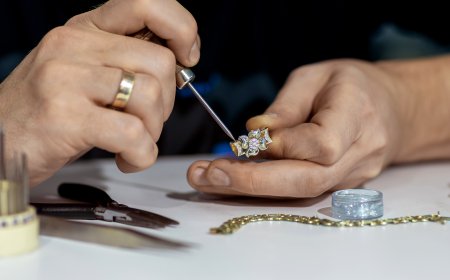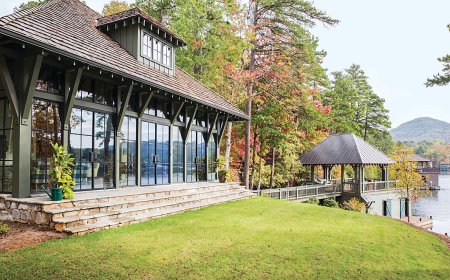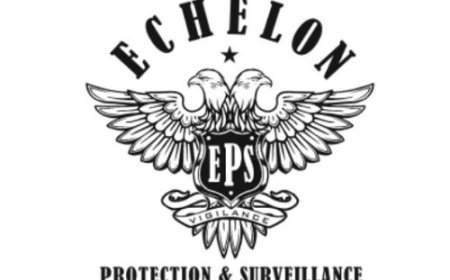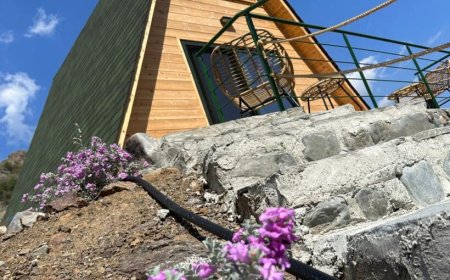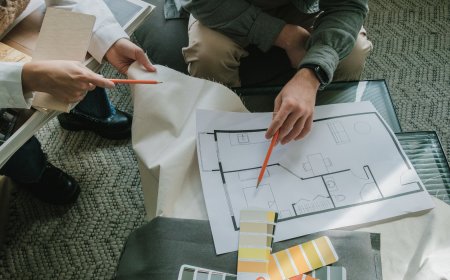A Classroom That Teaches: How Montessori Spaces Are Designed for Self-Discovery
The Prepared Environment

In Montessori education, the classroom isnt just where learning happensits how learning happens. Each Montessori space is carefully designed to nurture curiosity, encourage independence, and spark discovery.
Its a philosophy that believes the environment should work as a silent teacher, guiding children toward growth through thoughtful design, accessible materials, and calm, ordered beauty.
A Space Built for Exploration
Unlike traditional classrooms where structure and instruction dominate, Montessori environments are child-centered and purposefully arranged. Open shelving, child-sized furniture, and hands-on materials are not just aesthetic choices; they empower children to navigate their own learning journeys.
Every corner of a Montessori nursery is set up to support self-direction. Materials are laid out from simplest to most complex, allowing children to progress naturally and confidently. The freedom to choose doesnt mean chaosits guided by clearly defined boundaries that encourage responsibility and respectful interaction with peers and space alike.
Independence by Design
A hallmark of the Montessori method is the "prepared environment"a setting where everything serves a developmental purpose. Tools and learning materials are self-correcting and sensorially engaging, crafted to promote concentration, problem-solving, and motor skills.
At courthouse montessori, classrooms are more than just functional; they are beautiful and purposeful. Natural light, soothing colors, and quiet corners for reflection or solo work help create a setting where focus flourishes. The environment itself invites children to become independent, resilient learners who take pride in their efforts and outcomes.
Materials That Speak to the Mind and Senses
Montessori learning tools are uniquecrafted from wood, glass, and other natural materials, and designed to isolate specific concepts. Whether its the iconic Pink Tower (which teaches visual discrimination of size) or the Sandpaper Letters (which prepare children for writing and reading through tactile experience), each item is an invitation to explore.
These tools are often self-correcting, giving children the freedom to notice and fix their own mistakes. This fosters a healthy sense of autonomy and perseverancequalities that traditional worksheet-based learning often fails to develop.
The Adult Role: Gentle Guidance
In the Montessori classroom, the teacher is a quiet observer and careful guide, not a lecturer. Their role is to connect the child with the environment and then step back to allow discovery to unfold. This respectful approach allows children to gain confidence, develop decision-making skills, and build intrinsic motivation.
Conclusion: Where Learning Happens Naturally
Montessori spaces are designed with one goal in mind: to empower children to learn by doing. Through environments that are structured yet flexible, inviting yet focused, Montessori classrooms allow young learners to explore their potential on their own terms.
In these environments, learning becomes second naturenot because its enforced, but because its inspired. And in doing so, children dont just absorb information; they grow into thoughtful, independent people prepared for the world ahead.















